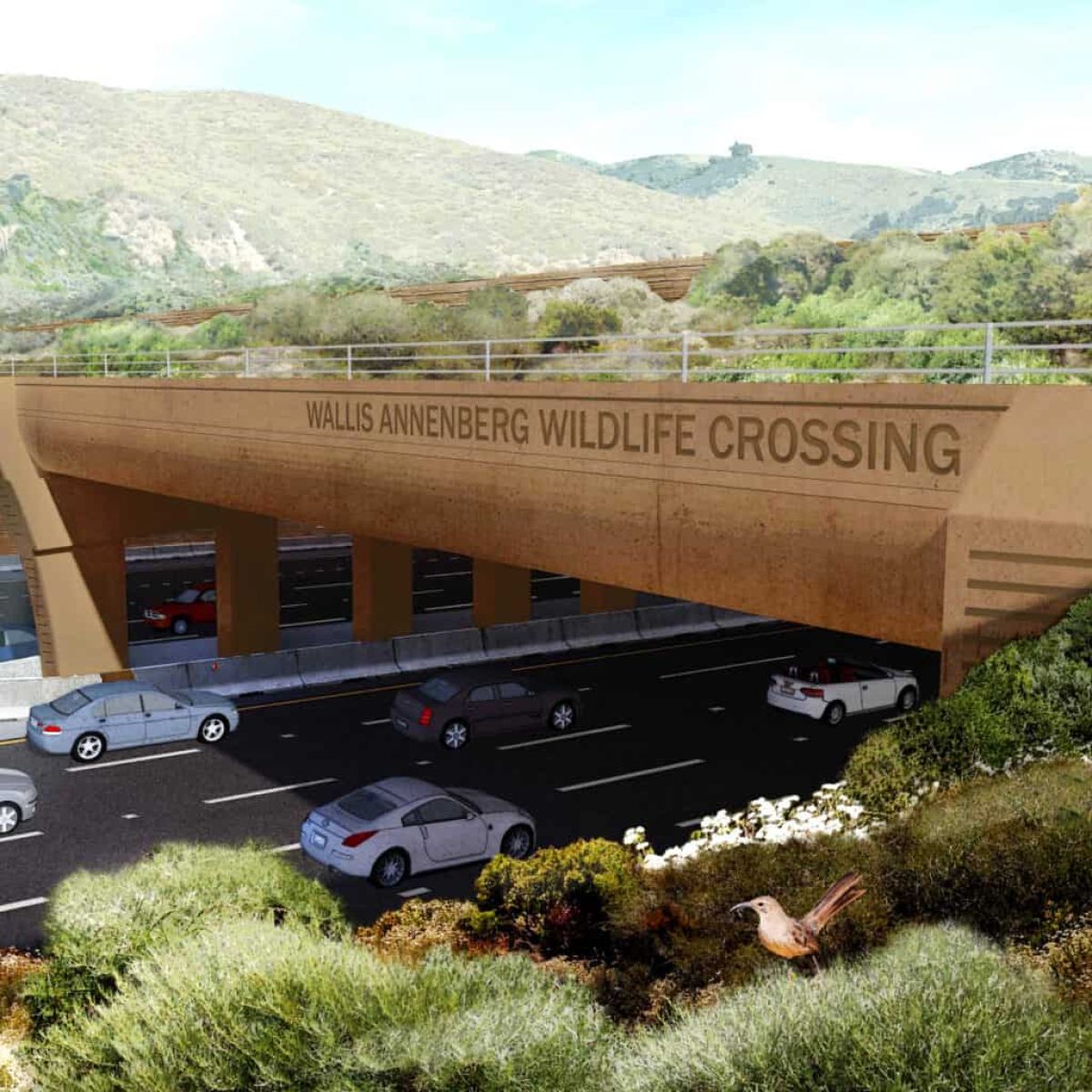Construction Begins on Historic Wildlife Crossing

In a significant step towards wildlife conservation, construction has officially commenced on the Wallis Annenberg Wildlife Crossing, a monumental project in Agoura Hills, California. The new 210-foot wildlife bridge is set to traverse an impressive 10 lanes of the U.S. 101 freeway, with plans for completion by 2025. This innovative structure represents a beacon of hope for wildlife, particularly mountain lions, facilitating safe passage between the protected wildlands of the Santa Monica Mountains and surrounding habitats.
The Wallis Annenberg Wildlife Crossing is poised to become the longest wildlife bridge in the world, a title that underscores its importance in addressing the urgent need for wildlife connectivity in a rapidly urbanizing landscape. According to the National Wildlife Federation (NWF), the bridge will serve as a critical link for various species that have been increasingly isolated due to encroaching development and the dangers posed by heavy traffic.
The Crisis of Fragmented Habitats
Over the past two decades, more than two dozen mountain lions have fallen victim to vehicle collisions on Los Angeles freeways, a grim statistic highlighting the urgent need for safe wildlife corridors. The construction of the Wallis Annenberg Wildlife Crossing is the initial phase of a broader initiative aimed at mitigating the fragmentation of wildlife habitats across the region. This crossing is one of several future projects designed to reconnect the natural ecosystems that have been disrupted by urban growth.
Wildlife experts have expressed optimism that the installation of this bridge will not only provide a safer passage for animals but also help combat the pressing issue of mountain lion inbreeding. Research indicates that there is a staggering 99.7% likelihood of local mountain lion populations facing extinction if inbreeding continues unchecked. By allowing these big cats—and other wildlife—better access to diverse habitats, the crossing may ultimately help sustain their populations in the long term.
Collaborative Efforts for Conservation
The Wallis Annenberg Wildlife Crossing is a prime example of a successful public-private partnership, drawing collaboration from numerous organizations and governmental entities. Key stakeholders include the National Park Service, Caltrans, the Santa Monica Mountains Conservancy, the Coastal Conservancy, California Fish and Wildlife, the State of California Wildlife Conservation Board, the National Wildlife Federation, the Resource Conservation District of the Santa Monica Mountains, and the Santa Monica National Recreation Area. This multifaceted collaboration reflects a shared commitment to preserving biodiversity and facilitating safer migration routes for wildlife.
The Santa Monica Mountains: A Biodiverse Ecosystem
The Santa Monica Mountains, where the crossing is located, host a rich tapestry of ecosystems stretching from the Hollywood Hills to Ventura County’s Point Mugu. This coastal mountain range is a sanctuary for a myriad of species, including mountain lions, bobcats, coyotes, and various reptiles, amphibians, birds, and fish. The preservation of these habitats is critical not just for wildlife but also for maintaining the overall ecological balance in the region.
Looking Ahead
As construction progresses, the Wallis Annenberg Wildlife Crossing is expected to offer a transformative solution to the threats posed by urbanization, allowing mountain lions and countless other species to traverse their natural landscape safely. Through innovative design and strategic planning, this project promises to enhance biodiversity, foster resilience in wildlife populations, and promote a harmonious coexistence between nature and human development.
In a world where habitat fragmentation threatens wildlife survival, the Wallis Annenberg Wildlife Crossing stands as a promising solution, emphasizing the vital importance of preserving our natural environments for generations to come. With completion anticipated in 2025, this monumental crossing will not only be a triumph of engineering but also a symbol of hope for wildlife conservation.



